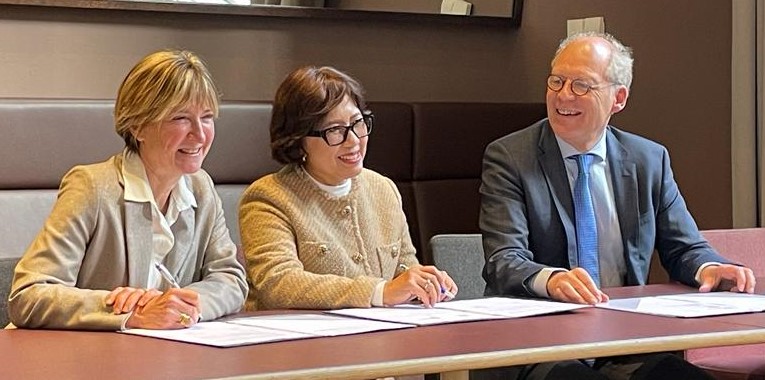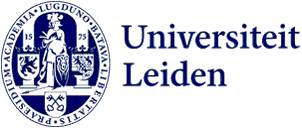
A lifeline for Leiden research – TB solution a step closer thanks to this Indonesian university
Herman Spaink knows of many substances that may help combat tuberculosis. Lab space to study them safely is very limited in Leiden. A brand-new lab at Universitas Gadjah Mada in Indonesia will soon provide a solution. About time, says Spaink, ‘The disease is on the rise and is becoming less sensitive to antibiotics.’
It is now an empty building at Universitas Gadjah Mada (UGM) in Jogjakarta. But in March it will be a high-safety lab with a robot from Leiden. Professor of Molecular Cell Biology Herman Spaink is thrilled about this development. At the conference table in his office, he explains why.
TB on the rise
Spaink has been researching TB for 20 years. ‘In the Netherlands, we think that the disease has all but disappeared thanks to antibiotics. But it is actually on the rise, in Europe too.' Every year, hundreds of thousands of people worldwide are infected with TB bacteria that are resistant to almost all antibiotics. 'Only very toxic drugs, which can make you blind or hard of hearing, still work, but even then not always. And the question is for how long because these bacteria are becoming rapidly resistant to yet more antibiotics.’ India and China have the highest incidence of illness and death.
Spaink and his colleagues from the Institute of Biology Leiden (IBL) want to understand how TB manipulates our immune system. ‘The bacterium manages to make itself invisible to our immune cells and even infects them.’ Zebrafish embryos are well suited to this research, Spaink explains, ‘At two days these embryos don’t have developed brains, so they can’t feel and are not aware of anything. But they do have a working immune system and it’s surprisingly similar to the human immune system.’

The advantages of fish larvae
There are many practical advantages to working with these embryos. ‘They are transparent, so you can see everything if you work with fluorescent substances, for example. And they are quick, cheap and easy to obtain. They are very small so you need very little of the drug, which is often extremely expensive.’ A microplate that is a few square decimetres in size contains 2,000 wells with as many embryos. ‘You can test several drugs in different concentrations in one go and they are injected by a robot.’
But there is one problem
Alongside the advantages, there is one problem. You aren’t allowed to work with TB bacteria in any old lab. The lab needs to be ‘biosafety level’ 3. And such lab space is limited. Very limited. ‘There is one lab for TB research at the LUMC’, says Spaink. ‘And it is half the size of this office and virologists also want to use it. There is hardly any opportunity for us to work there and it is really too small.’

Spaink found a solution at UGM in Indonesia. ‘They’ve got lots of room but their facilities aren’t as modern as in Leiden. TB is very prevalent in Indonesia and there is a lot of interest in our research.’ Another advantage: ‘There are lots of natural substances in the Indonesian rainforest that may work for TB but the Nagoya Protocol prevents them from leaving the country.’ So it’s ideal that we will soon be able to research their effect on fish larvae there.

Agreements on facilities and PhD candidates
An Indonesian delegation visited the faculty in Leiden on Monday 30 October. President of the Executive Board Annetje Ottow, UGM Rector Ova Emilia and Dean Jasper Knoester signed an agreement stating that Leiden will provide the equipment needed to work with zebrafish at UGM, in a generously sized safety lab. The research can start in March. ‘I’m going there then to set up all the TB research on my wish list.’
One part of the agreement is a joint training programme for PhD candidates. ‘Only qualified people can work in labs like this’, says Spaink. ‘We’re going to select and train them together.’ He has had positive experiences with Indonesian PhD candidates. ‘I’m now working with someone who knows a lot about genetics. He is learning the latest techniques here. He will undoubtedly make a name for himself and will remain a valuable contact.’
The universities are sharing the costs and the Leiden University Fund has also donated 10,000 euros. ‘Our budget isn’t huge but I’m sure that will change’, says Spaink. He is expecting a lot of demand for this lab where you can work with zebrafish. ‘From Japan and Singapore, for example. It may develop into a unique facility globally.’
Text: Rianne Lindhout
